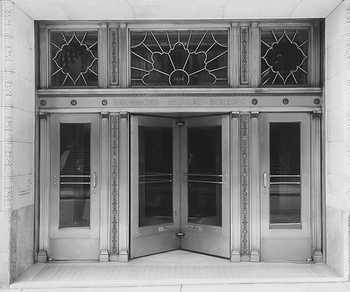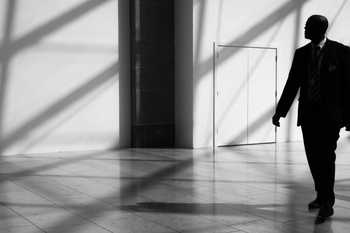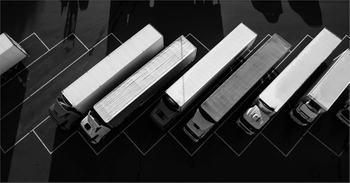Art theft is, unfortunately, a big business. There is so much of it, even just here in the United States, that the FBI has created the National Stolen Art File, an online resource for reporting, and possibly finding, stolen art. Protect the art but do not ruin the art experience. Museums around the world are tasked with this rather complex responsibility. Protection is essential, but, how do you protect the priceless? The answer is not so simple. Each museum has its own security limitations that are influenced, most often, by the museum’s location, budget, and artworks or objects themselves.
Regardless, security is an essential part of every museum. Understanding how to assess threats can be the tricky part because security should not be distracting. Instead, security should integrate seamlessly with the flow of the museum; security must preserve the art experience.
Guard the perimeter
The best way in which to avoid interfering with the art experience, while keeping the art open and accessible, is by controlling the perimeter. Protecting the exterior of a museum leads to a more relaxing interior. To support these efforts, metal detectors and bag checks are a notable means to reduce the risk of damage within gallery walls. When visitors’ bags are checked or they are advised to leave their belongings at the entrance, accidents are less likely to occur.
Nevertheless, to effectively guard the perimeter, a security threat assessment must be conducted to determine potential threats to the museum’s operations. During an assessment, any vulnerabilities the museum may have will be noted. The necessary measures to secure and safeguard against these vulnerabilities will also be presented.
Educate your personnel
Next time you are admiring a piece of art at a museum take a glance to to your right and left. What do you see? More times than not you will see a security guard. Security guards are often times a main defense against not only theft but damage, may it be purposeful or accidental, to a work of art. Security guards are the face of a museum. As the face of the museum it is essential that security guards are well trained and have an appreciation for the arts. Guards are constantly asked questions by visitors. Therefore, they should be able to assist visitors in navigating the museum but also be able to answer basic questions about the artwork (or objects) themselves.
A security guard needs to be observant and also assertive. If a visitor is breaking the rules of the museum such as taking pictures when and where they shouldn’t be, getting too close to an artwork, or moving past a barrier, the guard must be comfortable approaching the visitor and in extreme cases asking them to leave. To ensure that a security guard can meet these responsibilities and job demands, employee background checks are an important way to ensure the reliability of a new hire.
Understand the artwork
Lastly, it is important to consider the art, how it was created and the value. There are numerous areas that must be considered when protecting a piece of art. Namely, a museum must consider the following:
- Type of artwork: painting, photo, sculpture
- Materials used
- Insurance policies
- Artist’s requests
- Loan agreements
- Environmental conditions and concerns
- Storage procedures
- Transportation
All of the above must be taken into account to ensure that the artwork in question is adequately protected. For example, placing a sensor on a Renaissance painting may be in breach of the insurance policy. It is necessary that the museum’s installation technicians, conservators, and curators are aware of these limitations. Communication between all levels of museum staff is essential to ensure that the artwork is cared for properly.
Overall, museum security, like all security measures, must begin with a security threat assessment. By assessing potential security threat you can reduce the chance of surprises. Find your security flaws and start working on fixing them today.





